Blog
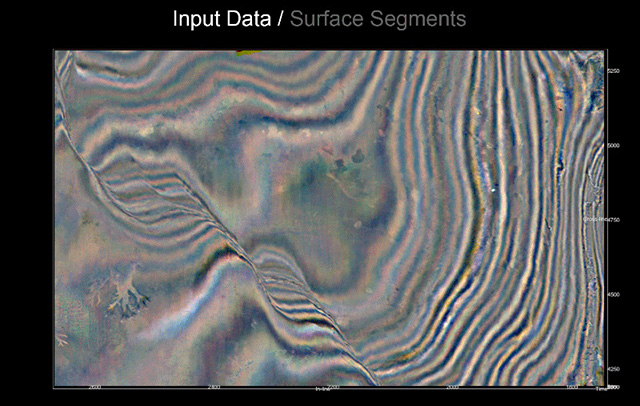
Surface Segments – The art of removing data to improve the signal to noise of your interpretation objective
- Written by: Marieke van Hout
Free webinar, Thursday 20 April 4 PM CET
Join us for an exclusive webinar as we unveil our latest innovative commercial plugin – the "Surface Segments" plugin
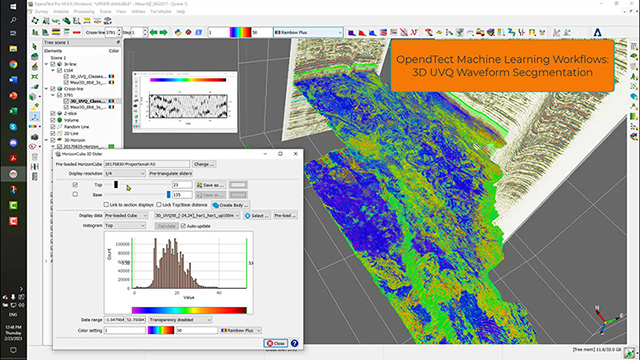
Machine Learning Workflows - Fast and Simple Seismic Facies Analysis - 3D UVQ Waveform Segmentation
- Written by: Paul de Groot
OpendTect Machine Learning supports supervised and unsupervised workflows for seismic facies analysis.
Today’s post discusses an unsupervised workflow. The 3D UVQ Waveform Segmentation workflow is the 3D variant of the Quick UVQ workflow that we discussed earlier in this series on OpendTect ML workflows. In Quick UVQ we segment (cluster) seismic waveforms (trace segments) around a mapped horizon into a user-defined number of segments. A typical number of segments in Quick UVQ is 10.
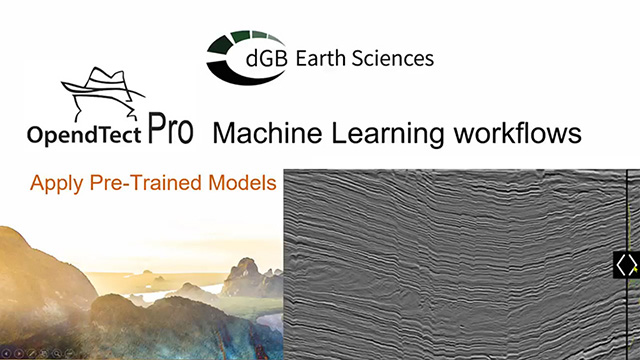
Machine Learning Workflows - Ready to go AI workflows - Apply Pre-trained Model
- Written by: Marieke van Hout
OpendTect’s Machine Learning platform is developed for three types of geo-scientists:
- Operational,
- Experimental and
- Research.
Read more: Machine Learning Workflows - Ready to go AI workflows - Apply Pre-trained Model
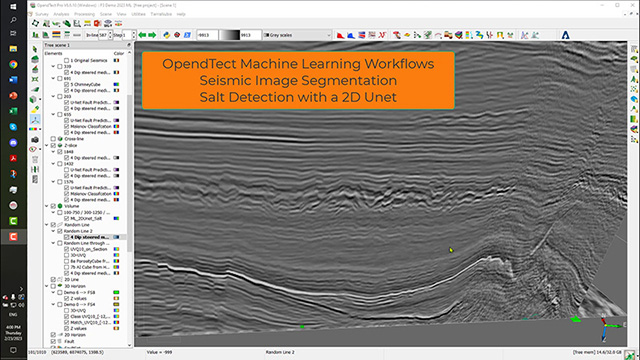
Machine Learning Workflows - Using AI for Salt Detection
- Written by: Paul de Groot
This is the second post in our series on OpendTect Machine Learning workflows. This time we show how to extract a salt body from 3D seismic. The ML workflow is called “Seismic Image Segmentation.” We train a 2D Unet (128x128 samples) to transform a seismic image into an image with values between 0 (no salt) and 1 (salt). The labels for training the Unet are created from interpretations of salt boundaries on a few sections. The trained Unet generates a new volume with values between 0 and 1 from which a 3D salt body is extracted.
Read more: Machine Learning Workflows - Using AI for Salt Detection
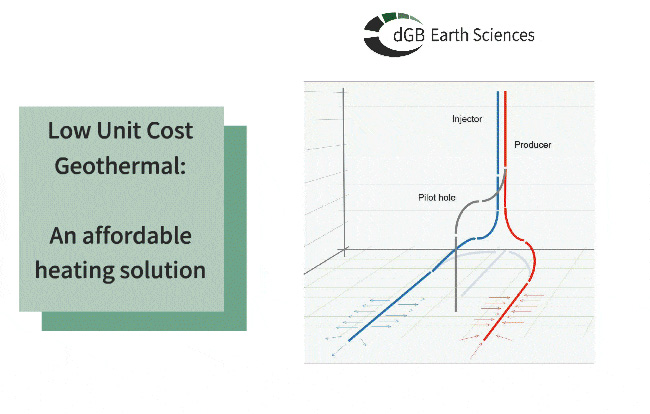
Affordable Geothermal solution - Free webinar
- Written by: Marieke van Hout
Thursday 23 March - 4 pm CET
On Thursday the 23rd of March Dr. Paul de Groot from dGB Earth Sciences will present an economically viable alternative to conventional geothermal solutions in low enthalpy environments.
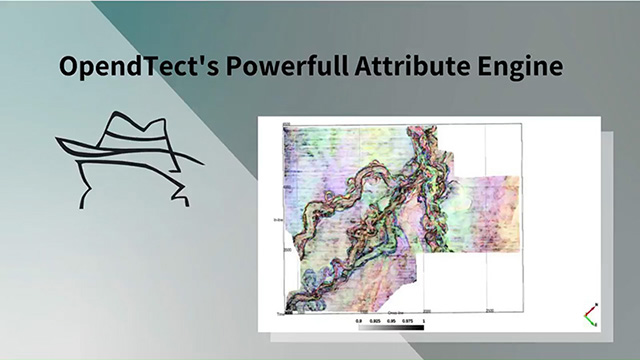
The Power of OpendTect's Attribute Engine
- Written by: Hesham Refayee
Seismic attribute analysis has been an integral part of seismic interpretation workflows for decades. We can compute numerous attributes from seismic data and use them to interpret structural, stratigraphical, and DHI anomalies.
Our attribute engine supports the most advanced seismic attributes in our industry. Here are some examples:
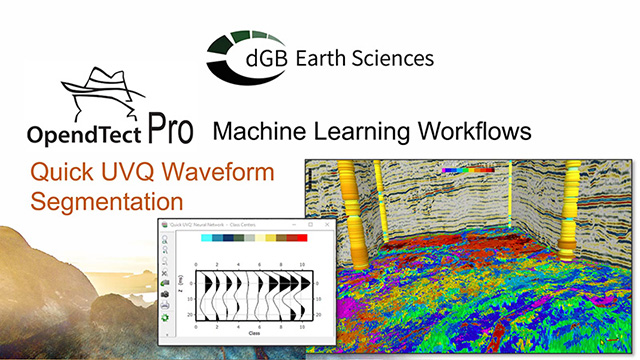
Machine Learning Workflows – Quick UVQ Waveform Segmentation
- Written by: Paul de Groot
Today, we start a series of posts about Machine Learning Workflows supported in OpendTect. Each workflow is presented in the form of a short video. We will show that you do not have to be a data science expert to use Machine Learning solutions in day-to-day seismic interpretation work. Some videos show workflows from our original Neural Networks plugin, which is now an integral part of the Machine Learning plugin. Other videos describe new workflows for deep learning algorithms such as CNNs and Unets. Amongst others we will show that labels can be created with a paintbrush (image-to-point applications) and by drawing polygons (image-to-image applications).
Read more: Machine Learning Workflows – Quick UVQ Waveform Segmentation
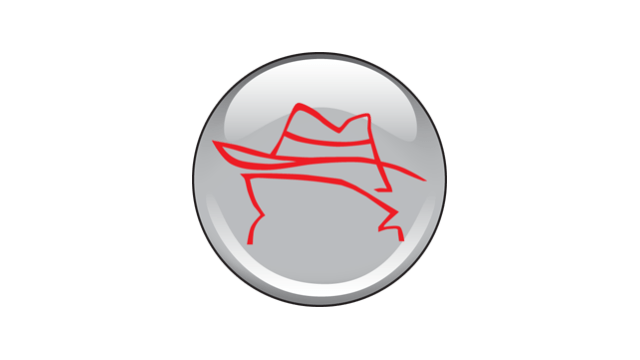
OpendTect patch release 6.6.10
- Written by: Arnaud Huck
Dear OpendTect Users,
We have made a patch release for our latest stable version: OpendTect 6.6.10, which is now available for installation/update..
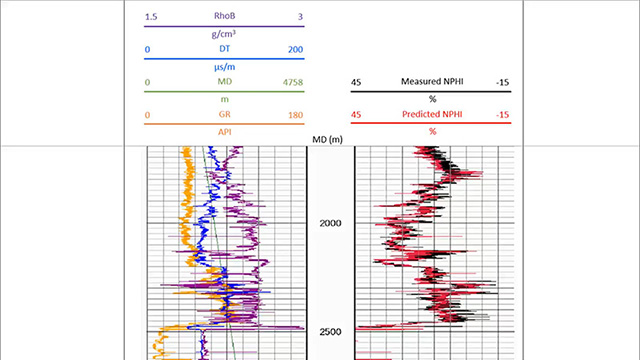
XGBoost NPHI Prediction
- Written by: Paul de Groot
In today’s post we show how Machine Learning can be used to predict a missing log. The model is called XGBoost (eXtreme Gradient Boosting). This is an extremely fast ensemble technique in which the overall performance of a base model is improved through boosting.